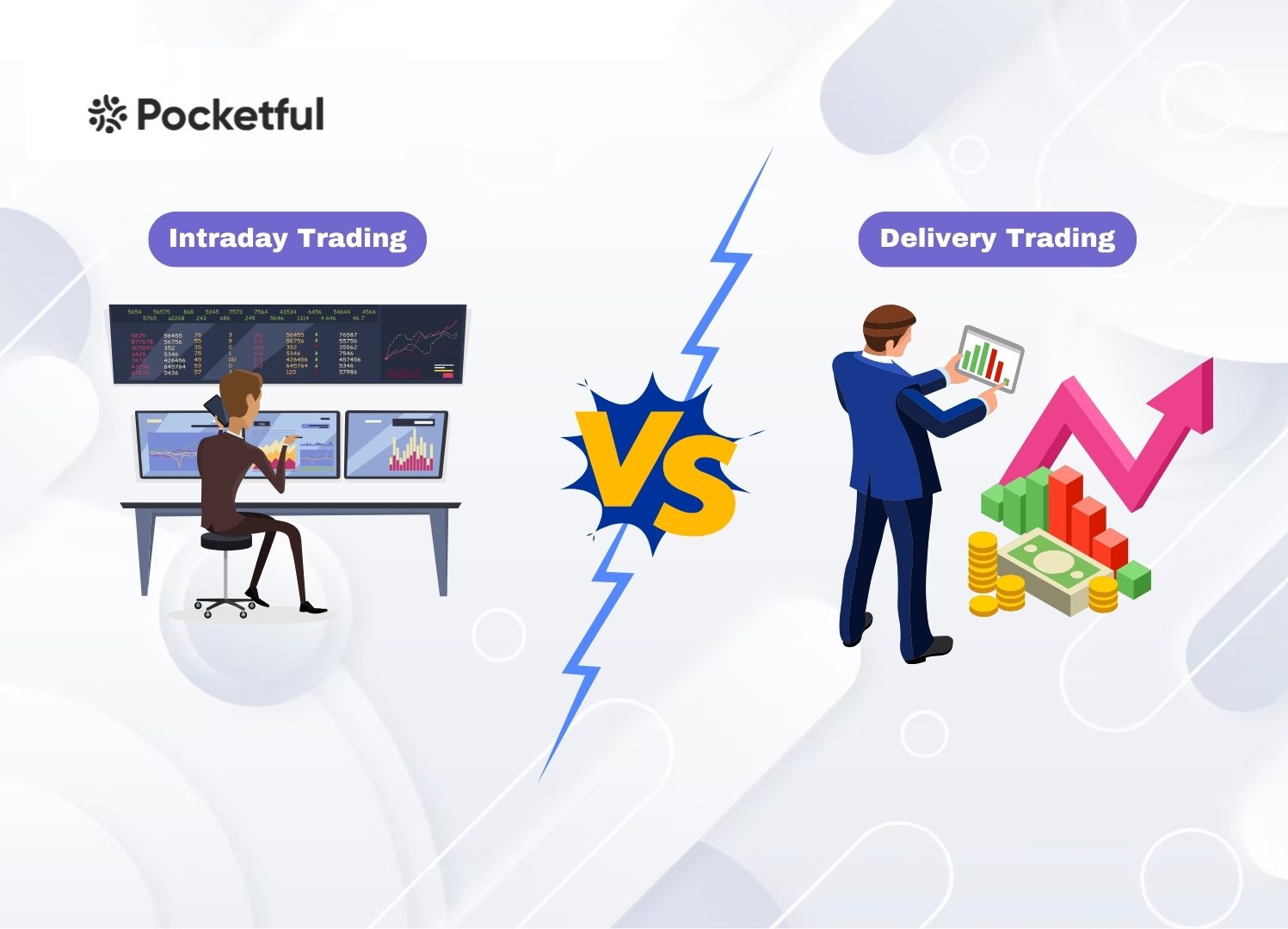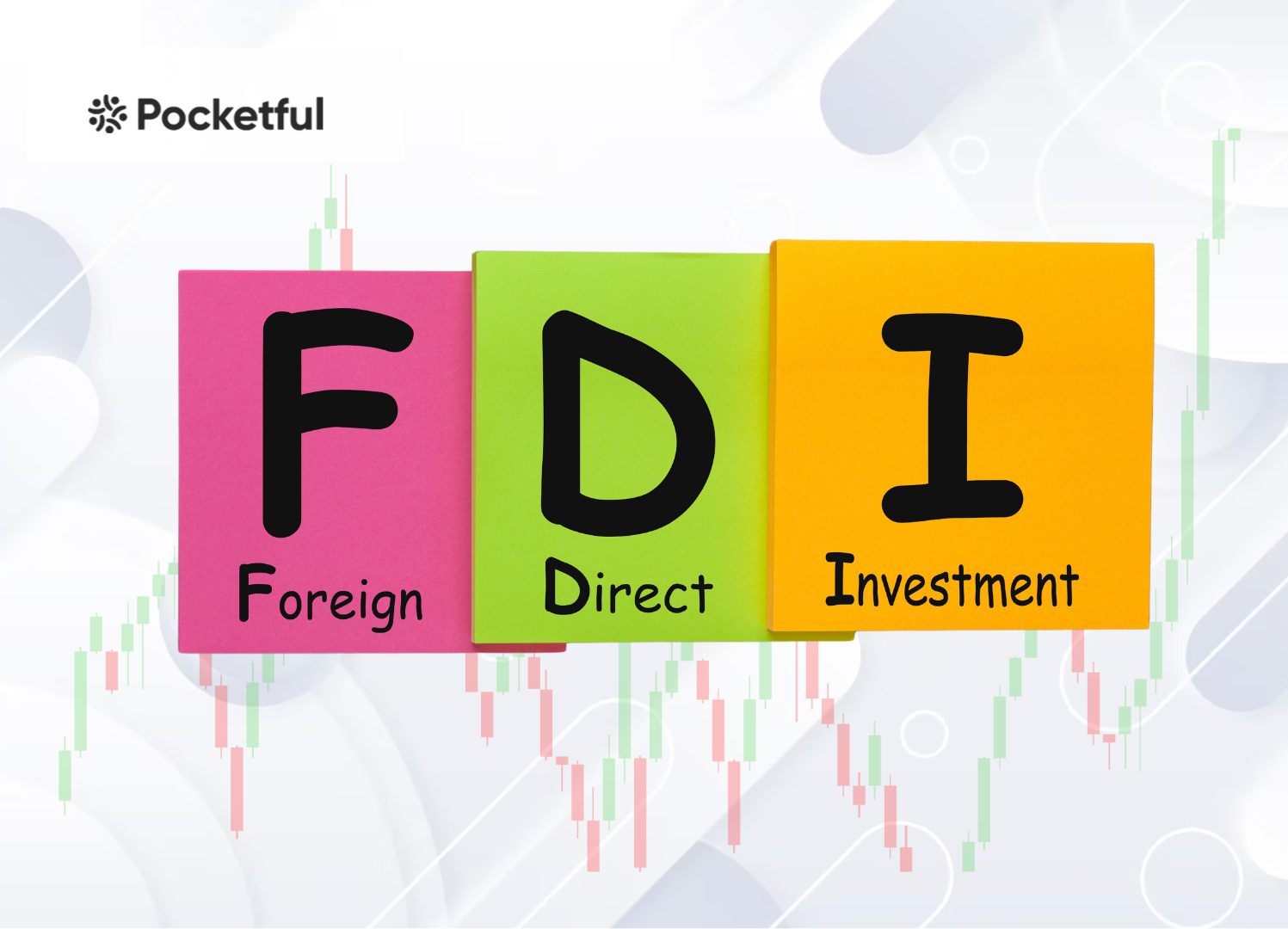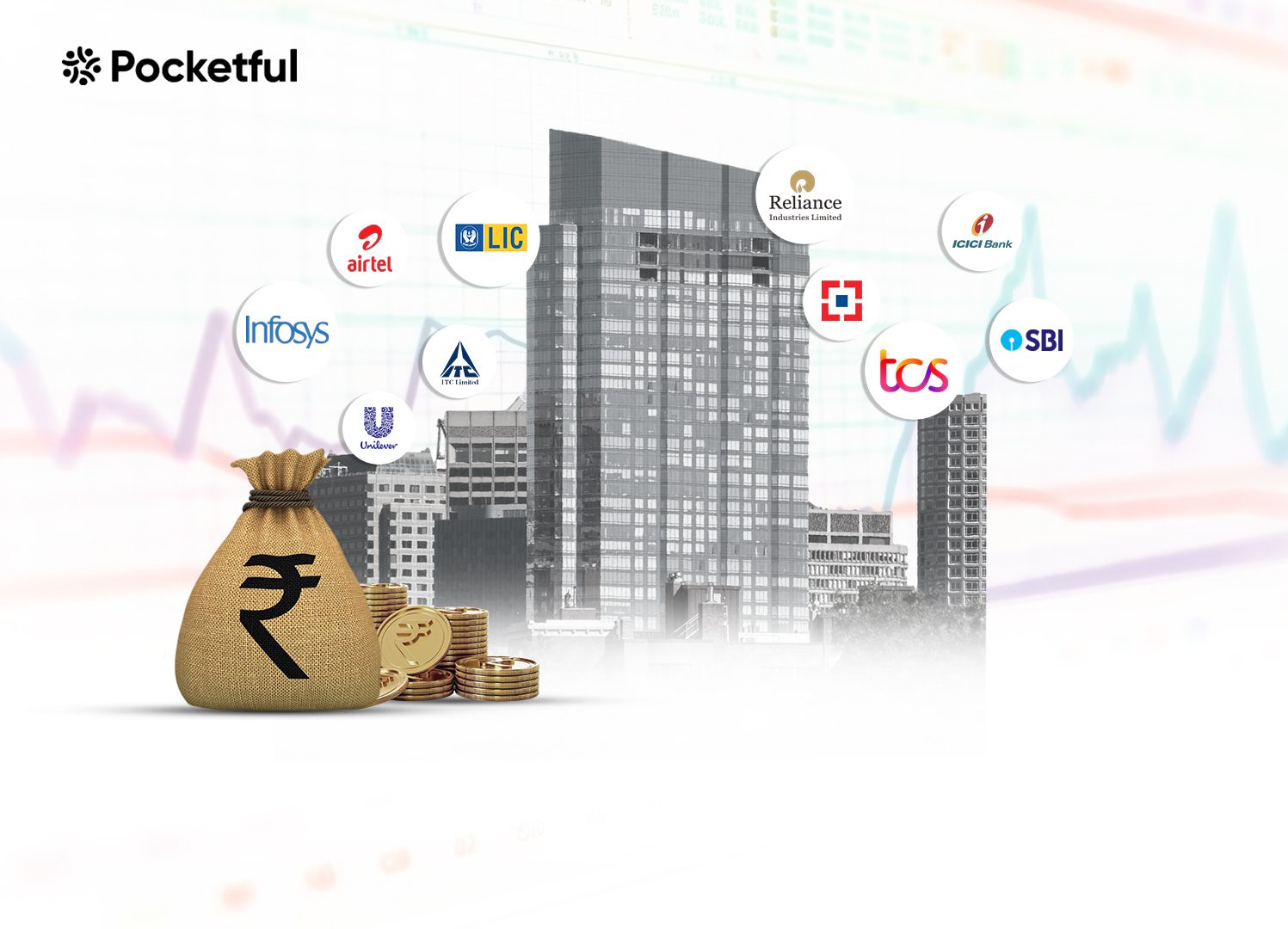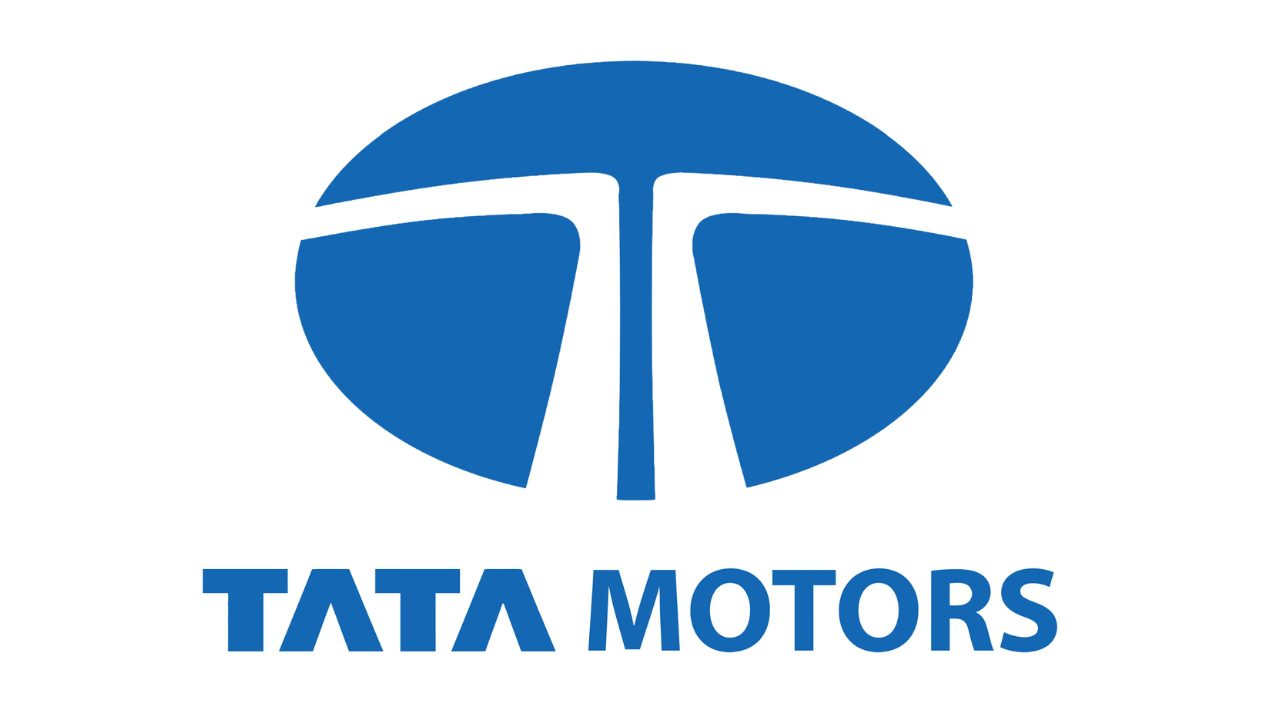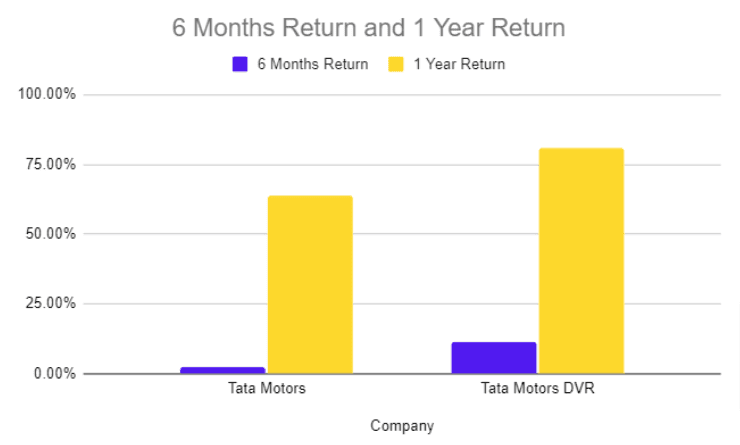Intraday trading and delivery trading are the two popular approaches in the stock market. Intraday trading involves buying and selling stocks or assets within the same trading day, where the positions must be closed before the mаrket closes. It focuses on short-term gains through market fluctuations. Delivery trading, on the other hand, involves holding stocks or assets for a longer period, where the investor takes the delivery of the asset and holds them for days or months.
Understanding the differences between these strategies is essential for choosing the right approach based on your financial goals.
What are Intraday Trades?
Intraday trades refers to buying and selling transactions of the financial instruments such as the stocks within the same trading day. In this form of trading, all the positions are closed before the trading session ends, and no actual ownership of the shares is transferred to the trader.
Intraday and delivery trading differ from each other on the basis of time frame. In intraday trading, profits are made by capitalizing on the short-term price fluctuations, while in delivery trading, the focus is on slightly long-term gains.
To engage in delivery trading, investors need both a Trading Account and a Demat account. A trading account allows for the buying and selling of shares, while a Demat account is where the shares аre stored. However, in intraday trading, the Demat account is not utilized as these shares are not held overnight.
When considering the delivery vs intraday topic, intraday trading involves higher risks due to the need for precise timing and quick decision-making. Meanwhile, in delivery trading, the shares are held in the Demat account, allowing traders to navigate the market fluctuations with ease and focus on the price movement over the next few days or weeks.
What are Delivery Trades?
Delivery trades refers to buying stocks or financial instruments with the intention of holding them for a longer period. It must not be confused with long-term investing as in delivery trading, we are just focusing on technicals and want to capture the price movement over the next few days or weeks. Whereas in long-term investing, the investor conducts a thorough financial analysis and invests based on strong fundamentals. Delivery trading is not like intraday trading, where positions are squared off within the same day, whereas delivery trading allows investors to take possession of the shares in their Demat account. This approach is favored by long-term investors who aim to benefit from price appreciation over time, dividends, and other corporate actions.
The main difference between intraday and delivery trading lies in the ownership and time horizon. In delivery trading, you can own the stocks you buy and can keep them for days or months, while in intraday trading, no ownership is taken, as the positions must be closed by the end оf the trading session. This intraday vs delivery debate makes delivery trading more suitable for those who aim to capture big price fluctuations without the pressure of daily market movements.
To participate in delivery trading, investors need a Trading Account and a Demat account. The trading account is used to execute buy and sell orders while the Demat account stores the shares once purchased. The shares remain in the Demat account until the investor decides to sell. This gives the investor the flexibility to wait for market conditions to improve and sell at an appropriate time.
What is the importance of Trading Margins?
A trading margin refers to the amount of money that a trader needs to deposit with a broker to buy or sell securities with a portion of the investment required. The traders use the margin facility to create leveraged positions. This means the traders can create larger positions with a smaller initial investment enhancing their profit potential but also increasing the risks.
As per intraday vs delivery trading, margins are especially important in intraday trading. Since intraday traders aim to profit from small prices within a single trading day, brokers may offer the margin trading to amplify their buying power. This can significantly increase the returns but also the risks if the market moves against the trader’s position. In contrast, delivery trading does not rely on the margin as much as investors purchase shares and pay the full price to hold them for long-term.
Difference Between Intraday and Delivery Trading
| Criteria | Intraday Trading | Delivery Trading |
|---|---|---|
| Definition | Intraday trading involves the buying and selling of stocks within the same day. | Delivery trading involves buying the stocks to hold for a longer period ranging from days, weeks to months. |
| Ownership | No actual ownership of shares is transferred as the trades are squared off within the same day. | Full ownership of the shares is transferred to the investor’s Demat account online. |
| Time Horizon | Short-term, where all the trades must be closed before the market closes. | Long-term, where shares can be held indefinitely for capital appreciation or dividends. |
| Risk Level | Higher risk due to market volatility. | Lower risk compared to intraday trading as the investors can hold their investments despite market fluctuations. |
| Trading Account Requirement | Requires an online Trading Account to execute buy and sell orders. | Requires both a Trading Account and a Demat account for buying and holding the shares. |
Advantages and Disadvantages of Intraday Trading and Delivery Trading
Intraday Trading
The advantages of Intraday Trading are:
- Quick Returns: In intraday trading, the traders book the profits within a single trading day. This is ideal for those seeking short-term gains and quick returns.
- Low Capital Requirement: Since stocks are bought and sold within the same day, there’s no need for a large upfront investment as compared to delivery trading.
- Volatility Profits: Traders can take the advantage of market fluctuations to maximize profits.
The disadvantages of Intraday Trading are:
- High Risk: Intraday trading is highly speculative and risky as the market volatility can result in significant losses if the positions are not managed well.
- Time Consuming: Traders need to monitor the market continuously throughout the day, making it unsuitable for those with time constraints.
- Brokerage Fees: Higher transaction volume results in increased brokerage, which reduces profits.
- Stressful: Rapid decision-making under high pressure can lead to emotional trading decisions and poor judgments.
Delivery Trading
The advantages of Delivery Trading are:
- Lower Risk: Delivery trading involves buying and holding of the stocks for the long term, thereby reducing the risk of short-term market volatility.
- Ownership: Investors become the shareholders of the company and enjoy benefits like dividends, voting rights, etc.
- Less Time Consuming: Once the stocks are bought, then there’s no need for daily monitoring, making it a less stressful option.
- Capital Gains: Delivery trading offers the long-term capital appreciation potential.
The disadvantages of Delivery Trading are:
- Higher Capital Requirement: The investors needs significant capital to buy and hold stocks, which makes it less accessible for small traders.
- No Short Term Gains: Delivery trading is not suitable for those looking for quick returns.
- Risk of Losses: The stock prices can decrease during the holding period, due to which the investors might incur losses.
Read Also: Understanding Intraday Trading Timings
Which is the Right Approach for You – Long-Term, Delivery, or Intraday Trading?
Choosing between long-term investing, delivery trading, or intraday trading depends on your financial goals, risk tolerance, time commitment, and market experience.
Long-term Investing is ideal for those who want to invest in fundamentally strong companies and have the patience to wait for gradual capital appreciation. This strategy involves buying and holding the stocks for years, sometimes decades, and allowing you to benefit from compounding returns, dividends and the overall market growth.
It requires minimum day-to-day involvement and is perfect for individuals focused on wealth accumulation over time. However, long-term investors must be willing to go through market downturns without reacting impulsively, making this approach suitable for those with a strong belief in the fundamental value of their investments.
Delivery trading refers to purchasing shares and holding them for short to medium terms. It is a good balance between long-term investing and intraday trading. You own the stocks and enjoy the ownership benefits lіke dividends and can sell at any time if the market moves in your favor.
This approach is well suited for the moderate risk investors who do not need immediate liquidity and prefer to observe the market trends over weeks or months before making decisions.
Intraday trading suits individuals with high-risk tolerance and the ability to devote full attention to the markets throughout the day. This strategy is focused on taking advantage of short-term price fluctuations to make quick profits. While potential returns can be substantial, the risks are equally high, and it demands deep market knowledge, quick decision making, and emotional discipline.
Ultimately, the best approach depends on your financial goals, investment knowledge, and risk appetite. Long term investing or delivery trading suits passive investors, while intraday trading is better for active and experienced traders looking for short-term profits.
Read Also: Intraday Trading Rules and New SEBI Regulations
Conclusion
In summary, both intraday and delivery trading offer unique advantages and disadvantages. Intraday trading is ideal for those seeking quick profits and willing to take on higher risks, while delivery trading suits traders looking to capture price movements over the next few days or weeks. A trader can incur losses in both intraday and delivery trading, but the losses in intraday trading are magnified due to leverage. The decision to choose between intraday and delivery trading depends on your trading strategy and risk management approach.
Frequently Asked Questions (FAQs)
What is the primary difference between intraday trading and delivery trading?
The primary difference is in the holding period. Intraday trading involves the buying and selling of the stocks within the same trading day, while the delivery trading comprises of purchasing the stocks to hold for a longer period, often days, weeks, or months.
Which trading method is less risky?
Delivery trading is generally considered less risky than intraday trading because they can hold the stocks through market fluctuations, whereas the intraday traders are exposed to daily market volatility and leveraged positions can lead to higher losses.
Do I need a Demat account for intraday trading?
No, a Demat account is not required for intraday trading as the traders do not take actual ownership of the shares. However, a Trading Account is necessary to execute buy and sell orders.
Can I use leverage in delivery trading?
Normally, delivery trading does not utilize leverage, as the investors need to pay the full price of the shares upfront. In contrast, intraday trading often involves margin trading, which allows the traders to create large positions with less capital.
Which trading approach is better for beginners?
Delivery trading may be better for beginners as it is a more stable investment approach without the stress of observing daily market fluctuations. Intraday trading requires a good understanding of the market trends and quick decision-making, which can be challenging for new investors.
